Compared to other technologies, Vietnam has a great opportunity to catch up with the world's AI trend if it promptly introduces policies to attract human resources and develop data sources.
AI is a common development trend globally. However, to develop powerful AI models and master the AI platform, three main factors are needed: Infrastructure, human resources, and data.
In terms of data, the lack of large-scale Vietnamese datasets for model training is one of the barriers preventing companies from realizing AI's potential.
To build a large-scale and high-quality Vietnamese dataset, the non-profit project ViGen was established with the combination of the National Innovation Center (NIC), Meta Group and AI For Vietnam organization.
Besides efforts to develop the ViGen open dataset, to meet the "data" pillar, Vietnam also faces a "once in a thousand years" opportunity to attract a large number of leading AI personnel, according to Dr. Tran Viet Hung, founder of Got It, founder and CEO of AI for Vietnam.
Sharing with Tri Thuc - Znews , Dr. Tran Viet Hung said that this is a "once in a thousand years" opportunity for Vietnam to catch up with the global AI trend.
According to Dr. Hung, the AI wave is a “once in a lifetime” opportunity for Vietnam to develop with the world. Compared to previous technologies, AI has quickly become a comprehensive support tool, capable of completing all tasks based on user requests.
“Foreign companies are very quick to seize opportunities,” Mr. Hung emphasized when observing AI startups in the US. This pressure causes the market to constantly fluctuate. In Silicon Valley, AI is considered the most important factor, and “no one will invest” if startups do not apply AI.
“New corporate models are emerging, for example Elon Musk's Macrohard, which only has human bosses,” Dr. Hung added.
In the context of Vietnam facing great opportunities, the representative of AI for Vietnam believes that talent attraction strategy is one of three important factors, besides data and infrastructure.
Dr. Hung also suggested a way to attract talent in the context of the US's increasingly strict immigration policy, which has increased recruitment costs. This has led to technology companies looking to build research and development (R&D) centers abroad, especially in a stable country with many development advantages.
In Southeast Asia, Singapore has traditionally been considered the location for regional branches of large companies. However, Dr. Hung believes that Vietnam still has the advantage of human resources in quantity, combined with diverse geography. These are factors that can attract talent from technology companies if their offices are located in Vietnam.
When setting up R&D centers, companies often bring in international resources, helping to increase talent and train domestic personnel. Working directly at large enterprises is considered an effective way to improve the quality of domestic personnel.
Whether they are young people in their 20s or middle-aged people in their 50s, they are open to creative experiences, eager to continue to cultivate, develop themselves and blend into the modern flow. Diversity in life choices is inevitable for this generation.
The trend of “multi-life”, living multiple roles such as working, resting, studying and creating at the same time, is becoming more and more popular. New citizens do not follow predetermined living standards, but create their own living standards.
To take advantage of the abundant human resources available, Dr. Hung proposed an advanced training strategy, selecting talented people from across the country, participating in basic and practical training courses.
Units can also organize concentrated training (bootcamp) for several weeks, with the participation of foreign experts. Dr. Hung described this as a form of “practical training”, the assessment criteria are not test scores but revolve around the ability to complete work and produce products.
“Domestic professors and teachers can teach basic knowledge, while practical knowledge can be handled by Vietnamese experts around the world,” Dr. Hung added.
In addition to learners, Dr. Hung believes that teachers need to be equipped with knowledge about AI to be able to take advantage of the strengths of artificial intelligence in training, especially when current models are not reliable enough for students to use directly.
The representative of AI for Vietnam emphasized the personalization ability of AI when it can explain concepts in many different ways, suitable for the interests and learning styles of each student. This solves the problem of traditional classrooms where teachers often cannot meet the needs of all 40-50 students.
On the other hand, to take advantage of and learn effectively with AI, users also need two skills. The first is problem-solving thinking, which helps summarize vague problems in reality into specific tasks to assign to AI. Next is critical thinking, do not immediately believe the results of AI but discuss and debate further until you believe the results.
"Just imagine it as an employee or assistant under your authority, you will find a reasonable way to use it," shared a representative of AI for Vietnam.
Dr. Hung proposed 3 stages of AI development in Vietnam, the first is to focus on large-scale AI application. Instead of building a model from the beginning, it is better to develop effective AI skills for people, including standard command input syntax.
“This phase focuses on improving the efficiency of AI use, changing the mindset that AI is not complicated, the most important thing is to create foundational data for the next phases,” Dr. Hung shared.
The next phase focuses on R&D based on data and skills from the previous phase, combined with infrastructure. This is also a key phase to attract foreign companies, increase human resources and training.
“Vietnam is facing a golden opportunity for this strategy. When completed, we can own an ecosystem of human resources, businesses, finance and data,” said a representative of AI for Vietnam.
The final stage is to bring AI products to the world. Dr. Hung described this as a “very natural” development after building a complete AI ecosystem.
With the ViGen project, Dr. Hung and his colleagues at AI for Vietnam aim to create a high-quality, open-source Vietnamese dataset. However, collecting Vietnamese data for AI training is still a barrier.
“Currently, Vietnamese is still a language with few resources. When foreign companies collect data, they often take advantage of available resources on the Internet,” said Dr. Hung.
AI for Vietnam representatives listed some popular Vietnamese data collection sources at present, but each source has its own problems. For example, Wikipedia is good quality but contains many translations from other languages, and the writing style is unnatural.
As for the source of books, many books available for free on the Internet are unofficial stories with non-standard vocabulary. There are also press sources but the content is repetitive, while the source of State documents is of high quality but not easy to access and refer directly.
Social media is considered the largest source of data, but the quality from this channel is uneven, there is a lot of negative content and the language can be inaccurate.
“If these sources are used, AI tends to imitate that attitude, which cannot be used for important purposes such as education ,” Dr. Hung emphasized.
According to Dr. Hung, the important stage when training a Vietnamese AI model is data cleaning. First, collect all available Vietnamese data, covering general knowledge and many other fields. This process helps AI have knowledge and thinking equivalent to a good university graduate.
After collecting data, ViGen project contributors will filter out irrelevant and duplicate content through open source tools. Next, the project will mobilize high-quality data sources from individuals and organizations through the open data portal.
ViGen's next goal is to build a set of evaluation criteria. Dr. Hung commented that Vietnamese currently does not have many large-scale criteria sets, while English already has hundreds.
The project focuses on developing five key criteria. The first is an assessment of language ability and cultural understanding, based on research from Singapore. The second is an assessment of general knowledge.
The next criteria include assessing the ability to have consistent conversations, thinking and reasoning abilities, and finally assessing programming ability, the ability to "write programs in Vietnamese".
ViGen’s third goal is to build an open data portal. This is a typical Vietnamese approach for users to contribute data, according to Mr. Hung. The platform is expected to operate similarly to a game, allowing contributors to accumulate points, level up, and redeem gifts.
“In addition to the development team from all over the world, the contributions of users also help us catch up with other countries. This approach takes advantage of the characteristics of Vietnamese people,” Dr. Hung added.
Overall, the project also contributes to ensuring AI development in Vietnam, in line with cultural values and ethical standards in Vietnam, towards building an open-source AI ecosystem that is suitable for the local context and responsible.
Source: https://znews.vn/co-hoi-nghin-nam-co-mot-cua-viet-nam-post1600400.html



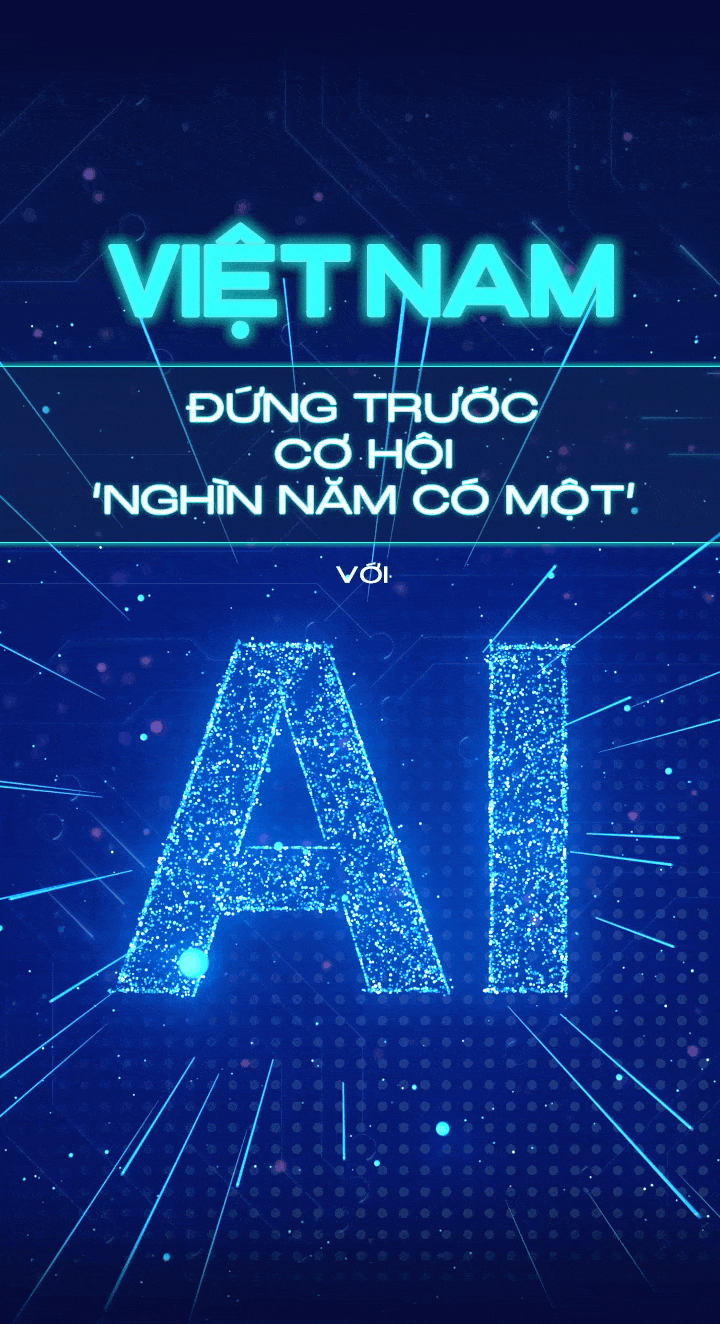


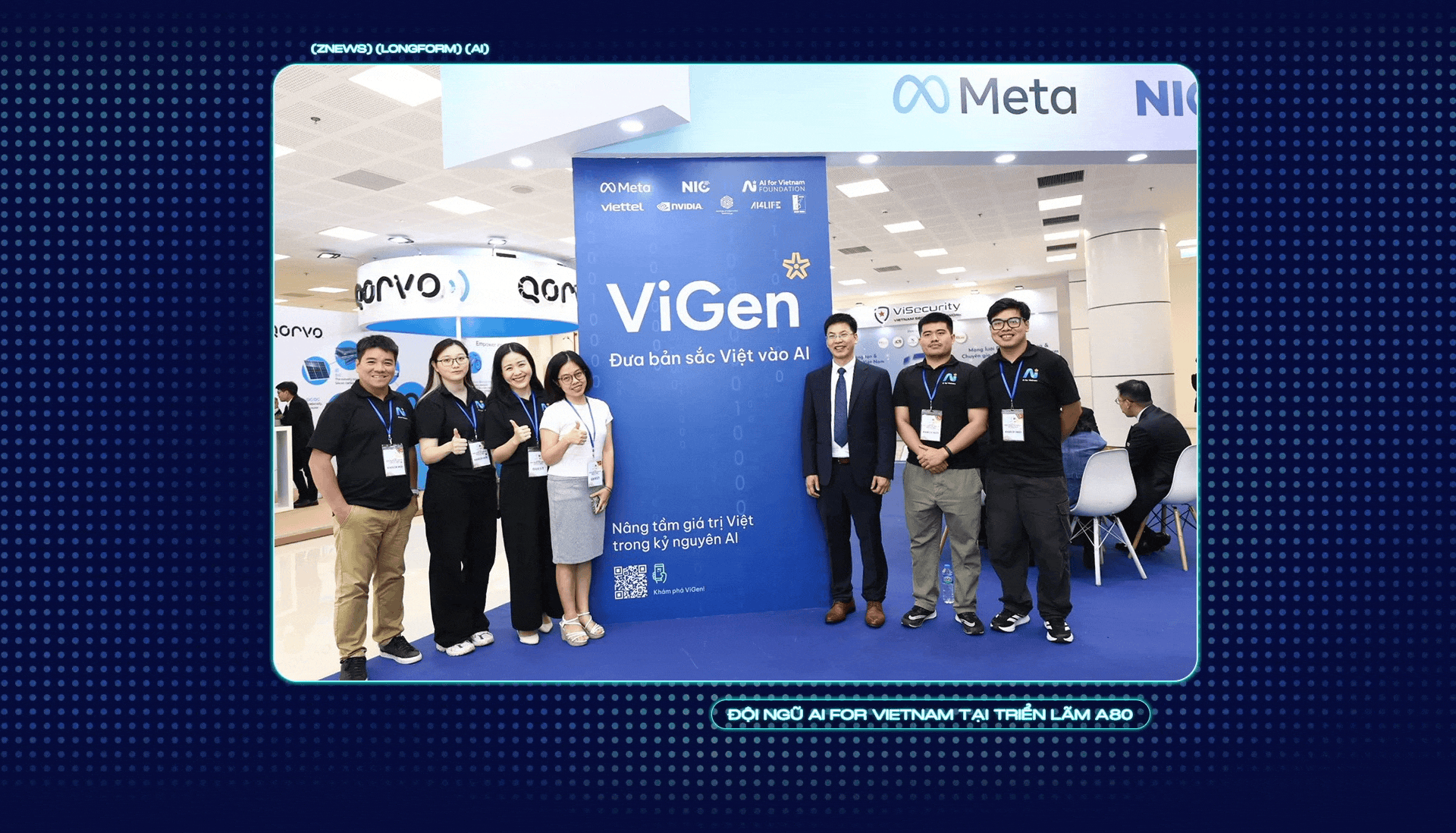
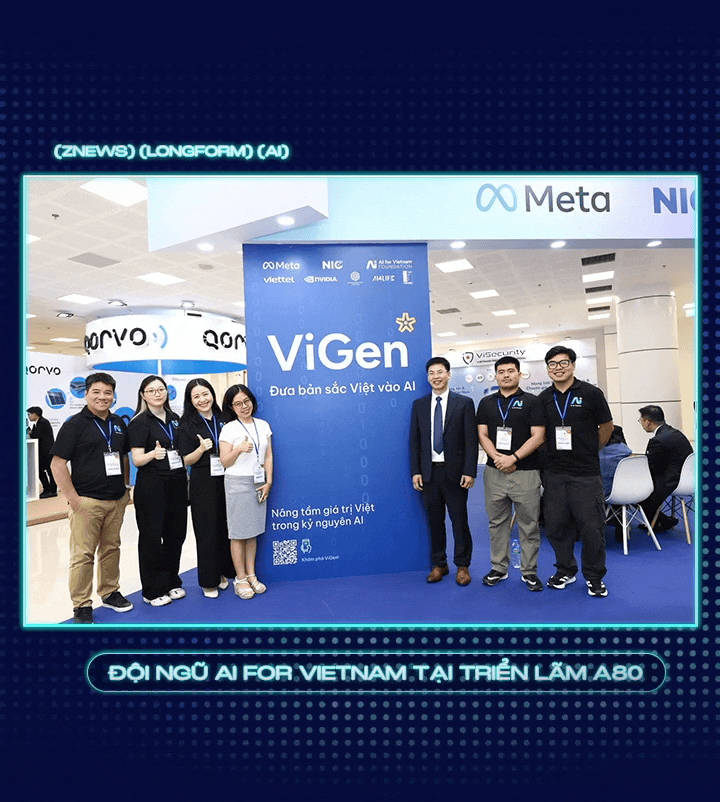






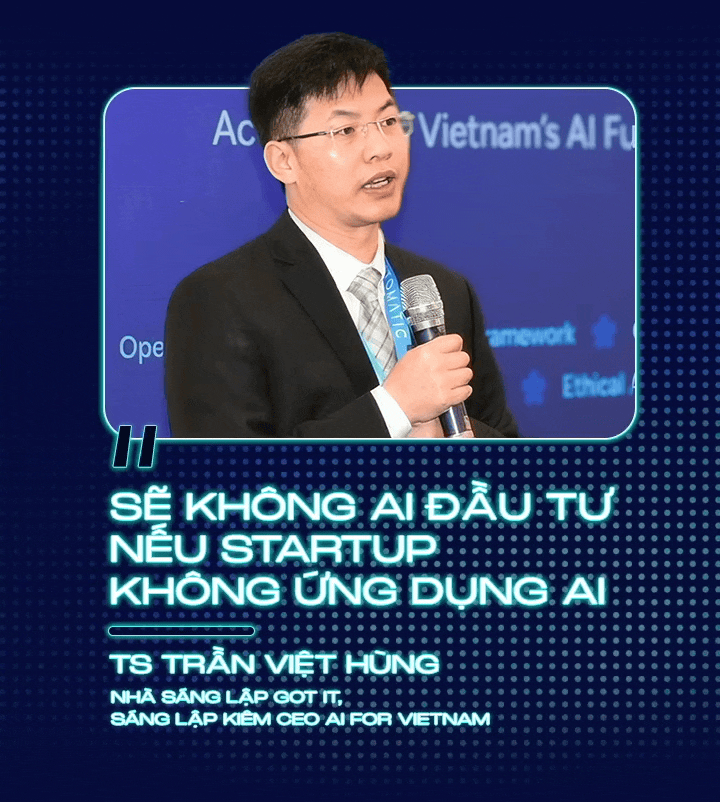



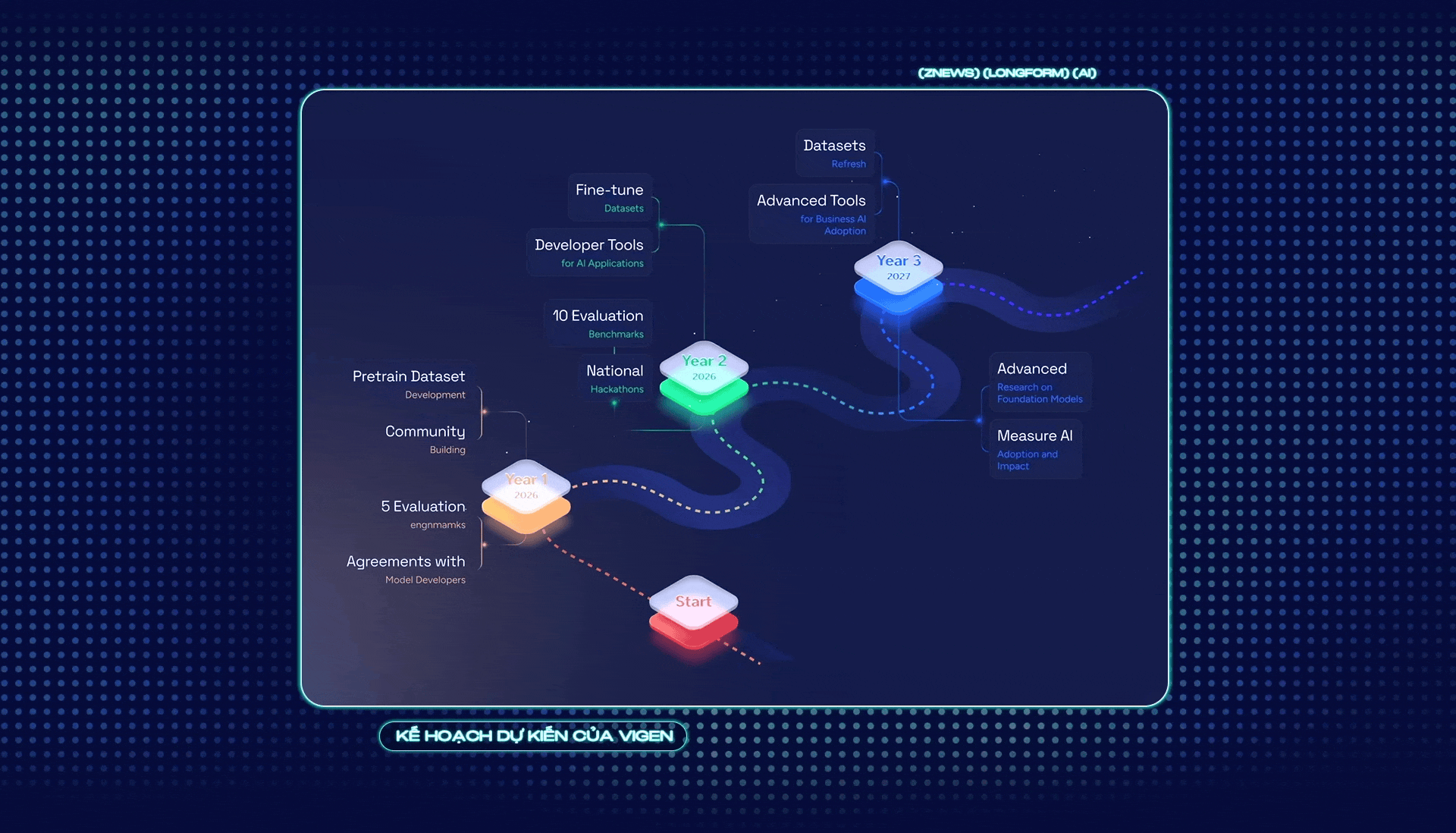
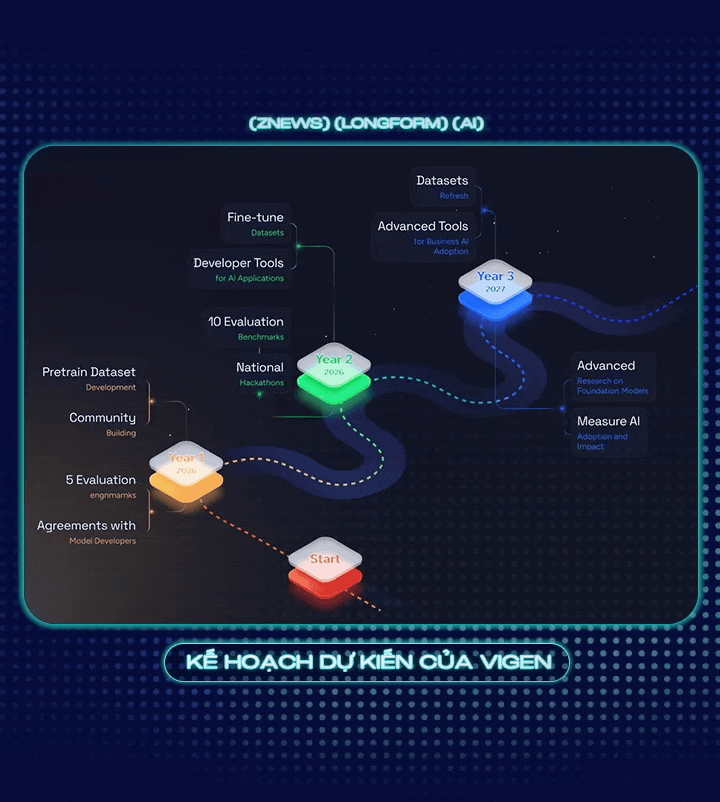



![[Photo] Cutting hills to make way for people to travel on route 14E that suffered landslides](https://vphoto.vietnam.vn/thumb/1200x675/vietnam/resource/IMAGE/2025/11/08/1762599969318_ndo_br_thiet-ke-chua-co-ten-2025-11-08t154639923-png.webp)



















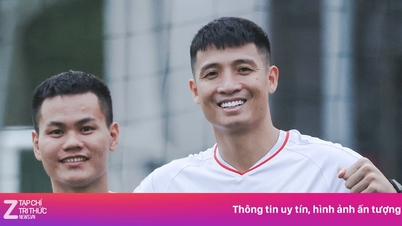


![[Photo] "Ship graveyard" on Xuan Dai Bay](https://vphoto.vietnam.vn/thumb/1200x675/vietnam/resource/IMAGE/2025/11/08/1762577162805_ndo_br_tb5-jpg.webp)








![[Video] Hue Monuments reopen to welcome visitors](https://vphoto.vietnam.vn/thumb/402x226/vietnam/resource/IMAGE/2025/11/05/1762301089171_dung01-05-43-09still013-jpg.webp)































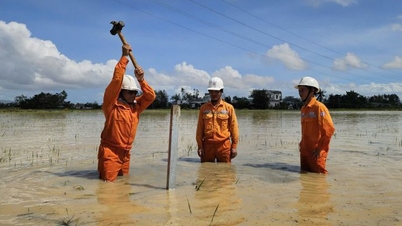





































Comment (0)